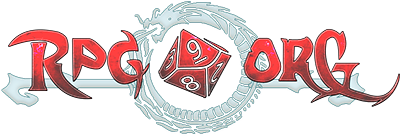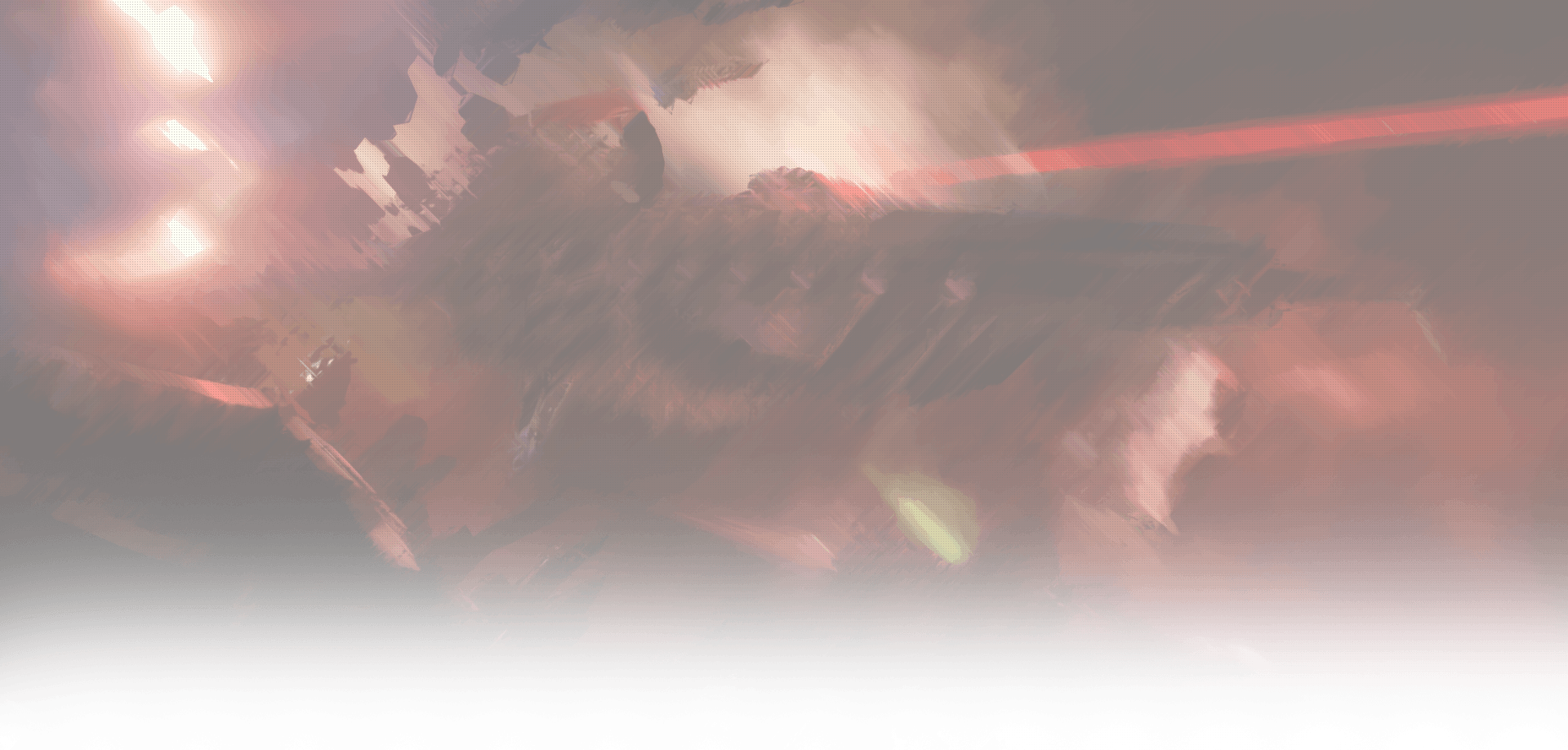
For now I will concentrate on the actual gameplay and on those things what I recognized during the playtest and wasn't obvious from the rules, previews and the information available on BoardgameGeek. You may check my earlier articles for the base mechanics of the game, as well for the rules changes from previous editions.
First, I would like to note that the game was a blast yesterday. It's no surprise, really, as I'm a big fan of the series. The game still feels like Thunderstone, but it's not entirely the same.
For the playtest we used the recommended setup, so experience may vary for other players using different setups.
Observations
Visuals (artwork and text) - The artwork and the design of the cards are thankfully looking better in person than I assumed based on the previews. The playing board also highly improve upon the visuals of the game.
On the other hand, there is an issue with the texts on the cards, as they are tend to be small. I'm slightly short-sighted, but I never had a problem with the original game, but now I had to use my glasses. Even then, I had to hold some cards into my hand to read the smaller texts here and there.
New Base deck - We spent much less time to get rid off the basic cards, and the two Thunderstone Shards are stayed with most player until the end. This clearly shows that they successfully upgraded the basic deck. The new basics are possessing some meaningful mechanics, and they work wonders in practice. But back on this later.
XP points - In Thunderstone Advance we have more XP, and gaining and even owning XP is much more meaningful. From the basic cards the Shards are providing extra XP, while the Regular is easier to level up than the old Militia, which means much more level gain than in previous editions. Until the end of the game we used up 3 stack of heroes entirely.
Also, there are several mechanics which are connected to XP points in general. Some battle effects (like "discard 3 cards or an XP token") or the brand new familiars are prime examples of this.
Card draws - It seems that there are much more card drawing effects in the game than in the previous edition. Even the basic cards could draw cards with a Regular + a Long Spear. With the basic setup is was a common sight that somebody draw 3-4 or even more cards in a Dungeon turn, which is somewhat mitigates the problems caused by the many passive cards (like monsters and curses) in a deck. Basically I won the game yesterday thanks to my drawing engine, including a Mass Teleport (draw 3 cards, but you couldn't use any more Dungeon powers in the turn)
Familiars - In actual play they seem even more useless than I predicted. I guess they are OK as a free card, but I think they don't add that much to the game, especially if that means extra unique rules to remember.
Final verdict
I think they really advanced Thunderstone with the new release, which means an even better game experience. While the basics are the same, the gameplay felt more alive, and they included some very interesting card mechanics.
For example one of the village cards enable to take a hero regardless of it's cost, but you can't buy cards or level up heroes on that turn. The Phoenix monster gets back to the dungeon from your hand again and again, but giving you another 3XP in the process. Some kobold monsters are providing negative VP, and you could put them into other player's discard pile. and the list goes on...
If you like the original Thunderstone, or thematic deck-building games in general I definitely recommend to take a look at Thunderstone Advance.
Zoltán "Cain" Mészáros


